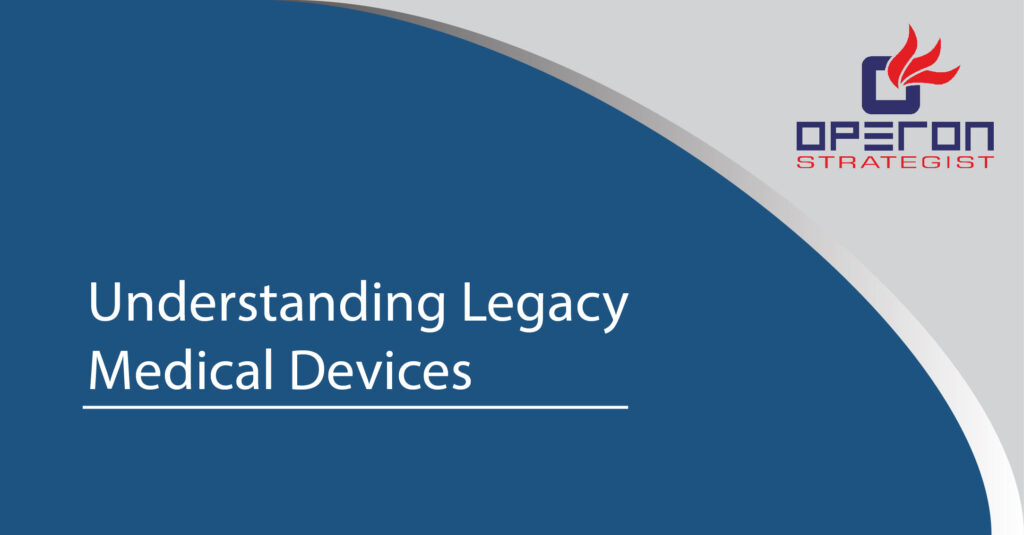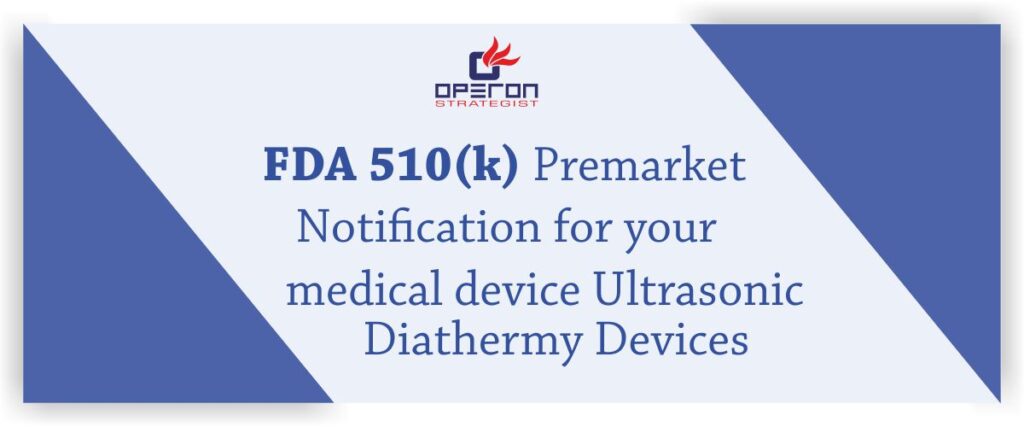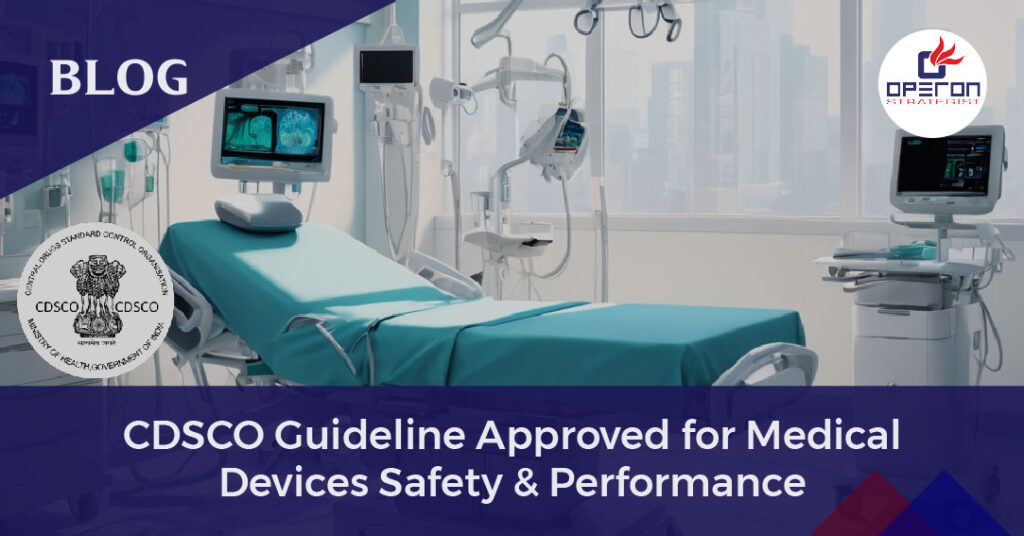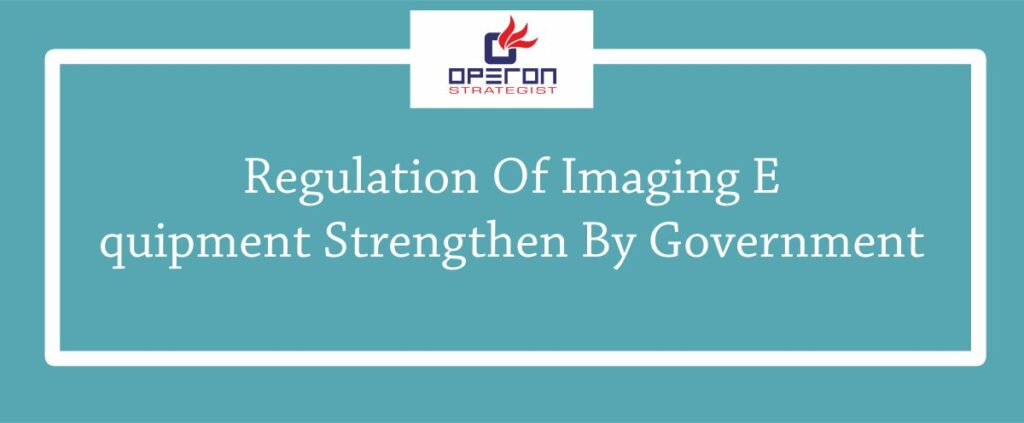Legacy Medical Devices
In May 2021, the European Union Commission implemented medical device regulation (MDR) 2017/745 to make medical devices safer, more effective, and easy to trace. As per the new MDR, a manufacturer must comply with the CE certificate to sell medical devices in the European market. As a CE-marked medical device consultant, we assist and guide manufacturers in ensuring their devices’ regulatory compliance. A few devices were placed per the medical device directive 90/385/EEC or 93/42/EEC. The manufacturers of those devices are confused about how they can continue to sell their medical devices. To overcome this confusion European Commission came up with a new guidance called Medical Device Coordination Group (MDGC) 2021-25, which explains the requirements of legacy medical devices and all those devices which were placed on the market before the implementation of medical device regulations in 2017/745 along with addressing the issues of putting legacy medical devices in the European market.
What is a Legacy Medical device?
Legacy medical devices are defined or understood as those placed on the market after the implementation of medical device regulations 2017/745 as per article 120(3) of the MDR. They will be in the market until 26 May 2024 if they fulfill certain conditions. Those devices are:
- Class I medical devices were under the medical device directive 93/42/EEC, for which EC, also called CE, was drawn before 26 May 2021, and for CE procedure under the MDR, a notified body is involved.
- A device with a valid EC certificate issued as per Directive 90/385/EEC (AIMDD) or the MDD before 26 May 2021.
MDGC 2021-25 tells the difference between an old device and a legacy medical device:
Old device: All those devices were placed on the market before the implementation of medical device regulations 2017/745 and complied with AIMDD or the MDD. They followed the applicable rules before these directives came into effect.
MDR devices are those devices that are placed in the market as per the MDR 2017/745.
MDR requirements applicable to legacy medical devices:
Manufacturers and importers can place the medical device which complies with the MDR (Article 10(1) and 13 (1) MDR). In contrast, legacy medical devices must comply with the medical device directive (MDD) or AIMDD and d few additional requirements present in article 120(3) of the MDR. Additionally, economic operators (manufacturers, importers, distributors, and authorized representatives) too have to follow a few provisions for their legacy medical devices:
- for manufacturers they can follow Article 10 (10), (12)-(15);
- for authorized representatives they can follow Article 11(3)(c)-(g);
- for importers they can follow Article 13(2), 2nd subparagraph, (4), (6)-(8), (10);
- for distributors they can follow Article 14(2), last subparagraph, (4)-(6).
- Based on this approach, the relevant working groups may identify further requirements applicable to ‘legacy devices.
MDR requirements | Applicability to Legacy medical devices |
Art. 10(10), (12)-(15) | YES conformity with the requirements of this Regulation shall mean for ‘legacy devices’ conformity with the MDD or AIMDD and the additional requirements per Article 120(3) MDR) |
Art. 11(3)(c)-(g) | YES conformity with the requirements of this Regulation shall mean for ‘legacy devices’ conformity with the MDD or AIMDD and the additional requirements per Article 120(3) MDR) |
Art. 11(7) | YES |
Art. 13(2) | 2nd subparagraph, (4), (6)-(8), (10) YES conformity with the requirements of this Regulation shall mean for ‘legacy devices’ conformity with the MDD or AIMDD and the additional requirements per Article 120(3) MDR) |
Art. 14(2) – last subparagraph, (4)-(6) | YES conformity with the requirements of this Regulation shall mean for ‘legacy devices’ conformity with the MDD or AIMDD and the additional requirements per Article 120(3) MDR) |
Art. 29- registration of devices | In principle, YES, but in the absence of EUDAMED’s full functionality, specific transitional provisions apply per Art. 122, 123(3)(d)(e) MDR10 |
Art. 31 – registration of economic operators | In principle, YES, but in the absence of EUDAMED’s full functionality, specific transitional provisions apply per Art. 122, 123(3)(d)(e) MDR1 |
Art. 83, 84 – PMS system and PMS plan | YES (with exception of requirements that relate to non-applicable obligations, e.g. Art. 83(3)(d) – SSCP; no requirement for a full revision of the technical documentation per Annexes II and III) |
Art. 85 – PMS report (class I devices) | PMS report (class I devices) YES (classification of devices in class I follows classification rules of the MDD, i.e. Art. 85 applies to class I ‘legacy devices’ even though those devices might be in a higher class under the MDR) |
Art. 86 – PSUR (class IIa, IIb, and III devices) | YES (manufacturers shall draw up and update PSURs; to be taken into consideration by a notified body designated under AIMDD/MDD in the framework of surveillance audits. |
Art. 87 –serious incident reporting | YES |
Art. 88 – trend reporting | YES (trend reporting was already part of the vigilance system established under the MDD/AIMDD) |
Art. 89 –serious incidents analysis and FSCA | YES |
Art. 90 –vigilance data analysis | analysis of vigilance data YES |
Art. 91 – implementing acts | YES |
Art. 92 – EUDAMED vigilance module | In principle, YES, but in the absence of EUDAMED’s full functionality, specific transitional provisions apply per Art. 122, 123(3)(d)(e) MDR |
Relaxation to legacy medical devices:
Up to 2024, the transitional period of MDR, there is some relaxation to the medical devices. The legacy medical devices can remain in the market after the implementation of MDR, i.e. May 2021, if certain conditions are met and can be put in service as well.
With every amendment, a medical device becomes a legacy medical device, and the European Union commission is well aware of this fact. That’s why there is always a transitional period along with some MDGC guidance that helps the manufacturer continue selling their devices in the market. Manufacturers must pay close attention to the amendment and how it will affect their devices. Then only they will be able to use the transitional period and understand and work according to the guidance. As medical device regulatory consultant, we provide guidance at every step of manufacturing the devices as per the required regulations.




